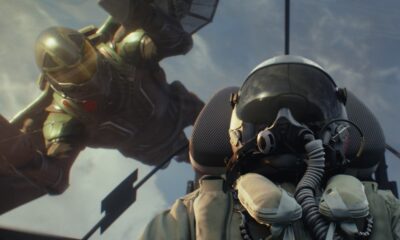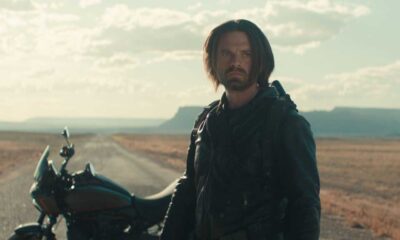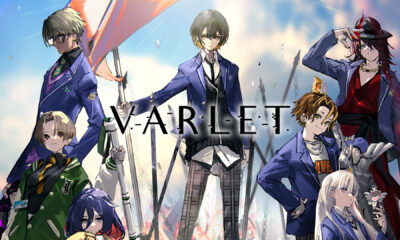Gadgets
Q&A: The legendary VFX artist who brought Captain Davy Jones, ‘The Abyss,’ and more to life
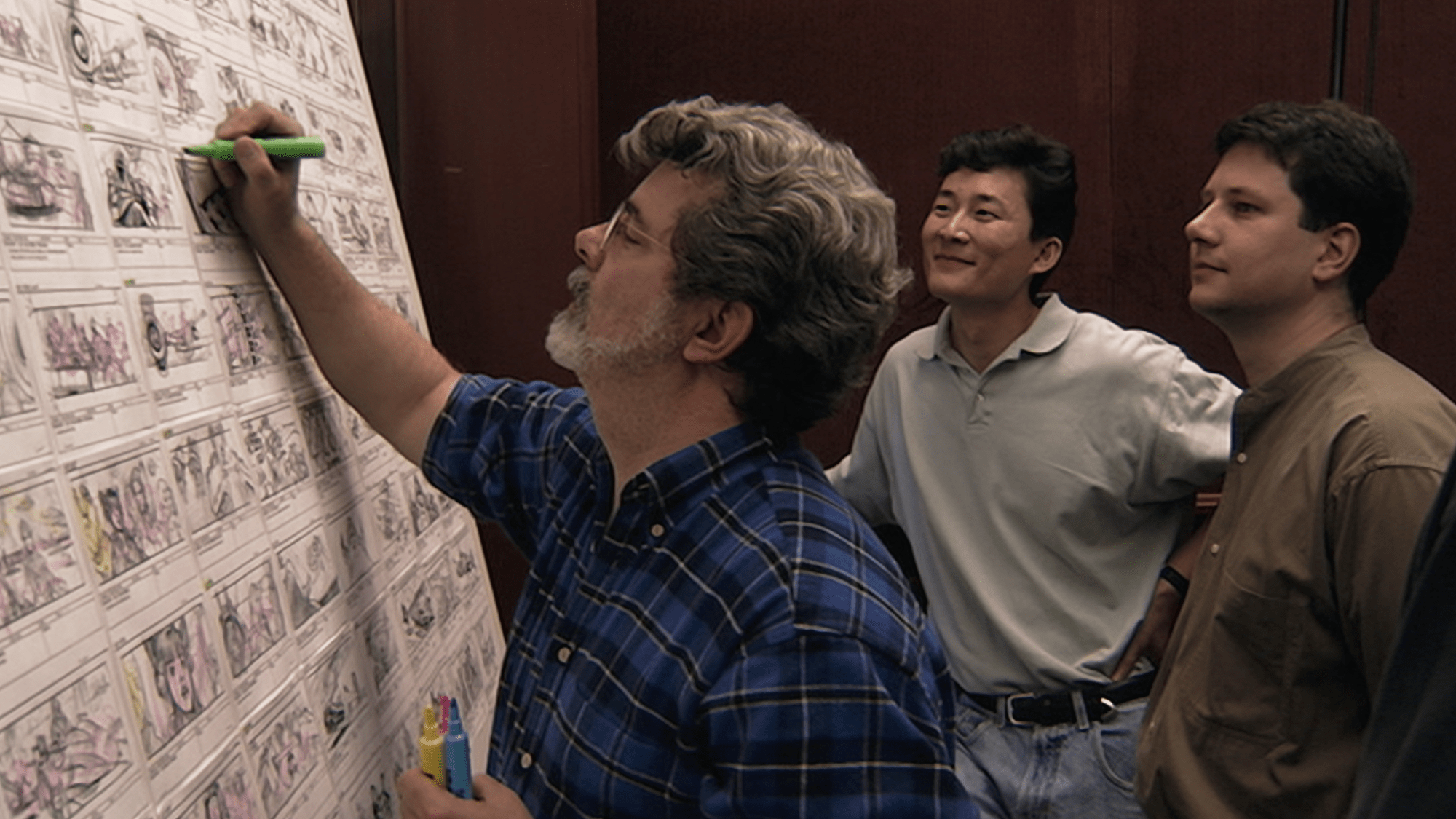
Enjoying a bucket of buttery popcorn while pondering how did they do that? can be just as entertaining as watching blockbuster films like Jurassic Park or Indiana Jones. Many of these burning questions about the behind-the-scenes magic were answered in the first season of the Lucasfilm docuseries Light & Magic on Disney+. Now, returning for a second season, both tech enthusiasts and movie buffs have the opportunity to learn about the real visual effects artists who create movie magic and how they tackled challenges during the early days of digital filmmaking.
One of these technical geniuses is John Knoll, who began his career at George Lucas’ Industrial Light & Magic in 1986. While you may not be familiar with his name, if you’ve ever used Photoshop, you have John and his brother Thomas to thank for it. The duo co-authored the original software in the 1980s, which was later used in the groundbreaking 1989 James Cameron film The Abyss. Over the years, Knoll has received an Academy Award for his team’s work in bringing sea creature-pirate hybrids to life in 2006’s Pirates of the Caribbean: Dead Man’s Chest, along with five other nominations.
Popular Science recently interviewed Knoll about his work and career. His responses have been condensed for clarity.
Laura Baisas: How did your upbringing among scientists influence your career?
John Knoll: Being raised in a family of scientists, engineers, and medical professionals exposed me to the scientific method and logical analysis. I learned how to analyze problems, break them down, and find solutions. My father’s behavior had a significant impact on me, as I saw him develop an interest in something, practice, excel at it, and then apply it to various fields. I followed a similar path.
Art was also valued in our household alongside technology. Despite the strong emphasis on tech, the arts were also cherished. While I initially leaned towards an engineering field, the release of Star Wars sparked my interest in the innovative aspects of filmmaking. Visual effects, in particular, is a field that combines art and technology, allowing me to engage both my engineering and artistic sides. This fusion is something I find incredibly enjoyable, as it lets me exercise my analytical and creative abilities.
LB: What is one aspect of working in visual effects that people might find surprising?
JK: The scientific method is incredibly valuable and applicable to almost any field. While it is commonly associated with tech and engineering, it also has relevance in art, which many may not realize. I constantly utilize this method by examining problems we encounter and determining whether they are related to art or aesthetics. By identifying the root of the problem, whether it’s a motion or visual issue, and analyzing it, similar to software debugging, I am able to apply engineering principles to my art, which greatly benefits me.
[ Related: How ‘Rogue One’ resurrected the Death Star. ]
LB: Can you recall a particularly memorable technical or artistic challenge and how you overcame it?
JK: On-set motion capture was a significant challenge. During the Star Wars prequels, our approach for CG creatures involved casting an actor to play the role on set. We would shoot a reference take with the actor in the frame, then have them step out while the camera operator framed the shot as if the actor was still there, allowing us to insert the CG character. This was a demanding task for the actors, to act without any visual cues and remember their actions.
For the first Pirates of the Caribbean film, I initially followed a similar method. However, for scenes where the crew of the Black Pearl transformed into skeletons in moonlight, we opted to shoot the actors in their pirate costumes and transition them into CG skeletons. This approach proved to be more effective, as it eliminated the need for other actors to adjust their performances and ensured accurate eye lines. It was a smoother process for everyone involved.
During the framing of shots by camera operators, all the elements being composed with were present in the frame, resulting in smoother operation. This ensured that the shots were well-framed and composed effectively. Please rewrite this sentence.
-

 Destination8 months ago
Destination8 months agoSingapore Airlines CEO set to join board of Air India, BA News, BA
-
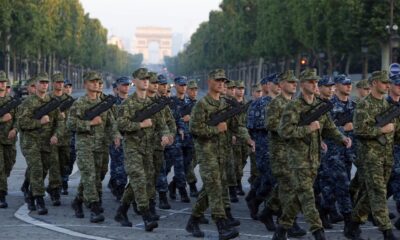
 Breaking News10 months ago
Breaking News10 months agoCroatia to reintroduce compulsory military draft as regional tensions soar
-

 Tech News12 months ago
Tech News12 months agoBangladeshi police agents accused of selling citizens’ personal information on Telegram
-
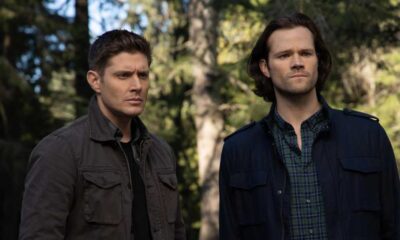
 Gadgets3 months ago
Gadgets3 months agoSupernatural Season 16 Revival News, Cast, Plot and Release Date
-

 Productivity11 months ago
Productivity11 months agoHow Your Contact Center Can Become A Customer Engagement Center
-

 Gadgets3 weeks ago
Gadgets3 weeks agoFallout Season 2 Potential Release Date, Cast, Plot and News
-

 Breaking News10 months ago
Breaking News10 months agoBangladesh crisis: Refaat Ahmed sworn in as Bangladesh’s new chief justice
-
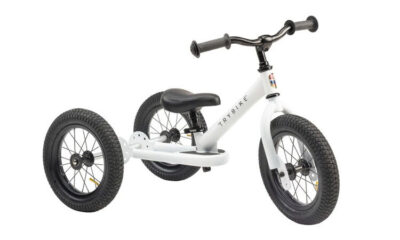
 Toys12 months ago
Toys12 months ago15 of the Best Trike & Tricycles Mums Recommend



